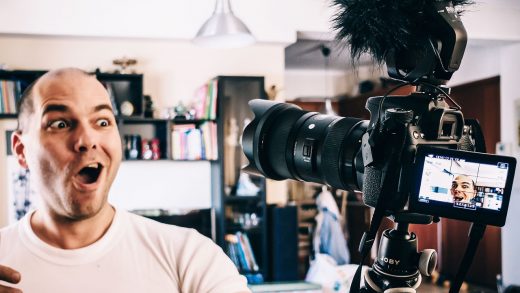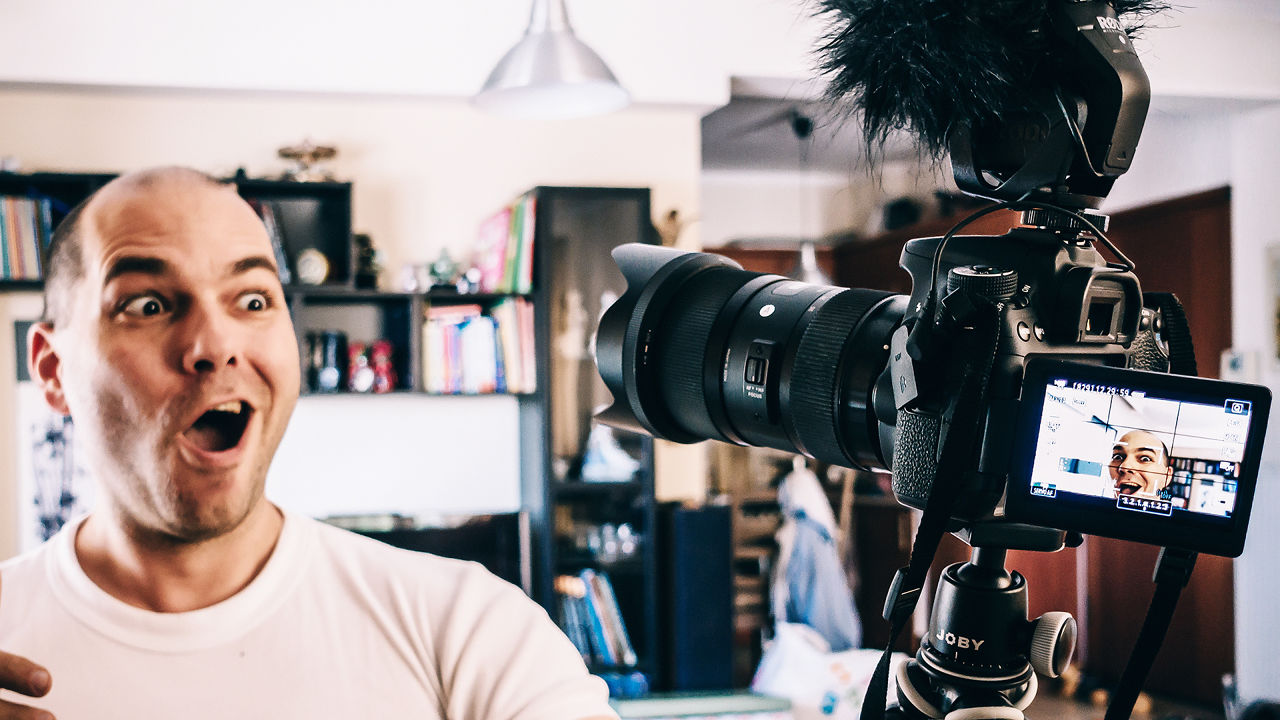YouTube Stars Form New Guild To Give Creators A Stronger Voice
Last year, when YouTube launched YouTube Red, its premium subscription service for ad-free music, videos, and exclusive original shows, many of the millions of content creators who post videos on the site were confused about how the new product would impact them. YouTube pays video owners by sharing ad revenue with them. When the ads disappeared, how would “YouTubers” get paid? And would they be paid anything at all during the free trial period?
Hank Green had an easy way to answer these questions: After YouTube Red launched, he talked with YouTube’s chief business officer, Robert Kyncl. Green has unusual access to YouTube’s decision-makers. He and his brother, John, have been posting to their shared channel, vlogbrothers, since before YouTube had even introduced advertising, and collectively they have built an audience of 2.9 million subscribers. That’s in addition to launching other projects like Crash Course, a series of short educational videos about topics ranging from philosophy to chemistry that has about 4.5 million subscribers. They are also the founders of the Internet video conference VidCon, which drew 21,000 attendees last year and which YouTube sponsors.
As of June, more than 55,000 publishers together generated more than 99 billion monthly video views on platforms such as YouTube and Facebook video, according to online video analytics company Tubular Labs. A YouTube executive cannot possibly hop on the phone with all of them. Instead, after YouTube announced YouTube Red, the company posted a simple Q&A about the new product on its website for content creators. Green, meanwhile, posted a video on his YouTube channel to translate the new policies. “YouTube is launching a paid subscription channel, and people are confused about it!” he began. “Are they confused about it because YouTube is bad at communicating this stuff? Or are they confused about it because it’s confusing and they’re just doing their best? Maybe a bit of both.” On Crash Course, Green had once explained the basics of stoichiometry in 13 minutes. It took him 17 minutes to explain the nuances of how YouTube’s new premium offering would impact its content creators—yes, they’d still get paid, perhaps even more—and the video was viewed more than 100,000 times.
In this instance, Green had become almost an unofficial conduit between the YouTube platform and its content creators, a role for which he didn’t necessarily know he was most appropriate. “I don’t mind, but I don’t think I’m the best person for it,” he says. “I think it’s better for it to be representative, and not just one guy with one set of needs.” Beyond platform changes, he says there have been other questions that creators often have—about contracts, sponsors, and what it takes to be successful in YouTube—and no organization dedicated to answering them. “There are lots of organizations that among the interests they have is supporting creators, but no organization with that sole interest,” Green says.
Until now.
This month, Green will launch a nonprofit organization called the Internet Creator’s Guild that hopes to provide content creators with business advice, annotated contracts, and other resources. It will also interact with the press and platforms from a creator perspective. Initially, the ICG will be funded by a grant from VidCon but also from membership dues, which will be $60 annually.
Laura Chernikoff, who has worked on VidCon since 2010, will leave the company after this month’s annual conference to become the executive director of ICG. The nonprofit’s board of directors will include YouTube content creators Anna Akana, Satchell Drakes, Ashley Mardell, Aureylian, Olan Rogers, and Wendy Ayche, as well as the lawyer Jonathan Katz, who represents YouTubers. Green, who will have no day-to-day role at ICG, will be a member of a separate advisory board. “It’s long overdue in our community,” says Akana about why she joined the ICG board. “Our field and jobs are incredibly new and unprecedented; quite often creators don’t know what should be a standard rate, fair contract, or even best behaviors and practices for those in digital media.”
The ICG has no formal relationship with YouTube, though Sebastien Missoffe, VP of YouTube operations, expressed optimism about the effort. “Hank and John Green have played an instrumental role in supporting the growth and development of the YouTube community,” he wrote in a statement to Fast Company. “We’ve long admired their willingness to stand up for what they believe in, driving thoughtful discussions around the opportunities and challenges facing creators in this rapidly evolving ecosystem. YouTube works hard to bring resources to creators around the world, and it is great to see another organization poised to do the same.”
One of the first of ICG’s initiatives will be a “knowledge base” of common questions and answers about managing an online video business and other resources. For instance, “what do I do if my video gets wrongly claimed for a copyright strike?” or “when do you think it’s okay to ban a commenter?” or “does putting copyrighted music in my video result in it getting more or less views?” The site will also explain the contracts that creators often sign with these sponsors and with MCNs, networks that support channels with marketing, funding, and other efforts, usually in exchange for a percentage of their revenues.
Green says he also hopes that the ICG can communicate with platforms about content creators’ needs. “I think that YouTube and Facebook would benefit from having the people who are professionally creating on the platforms to have a good way to communicate their desires and their problems,” he says. “I see it as information sharing.”
The truth about making money on YouTube
Fast Company , Read Full Story
(62)



